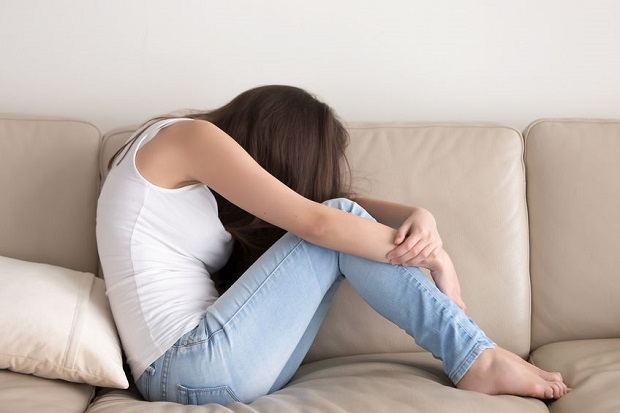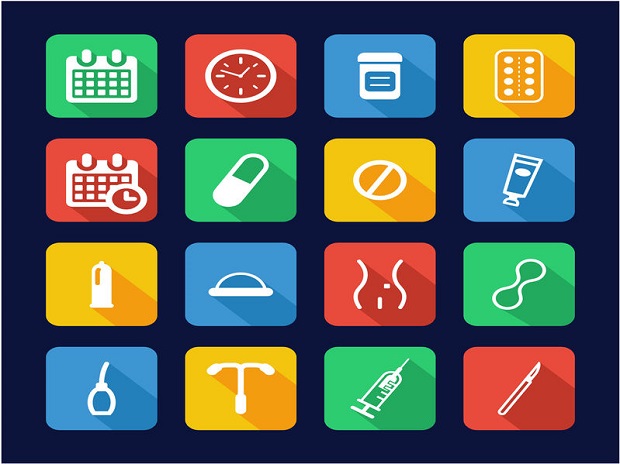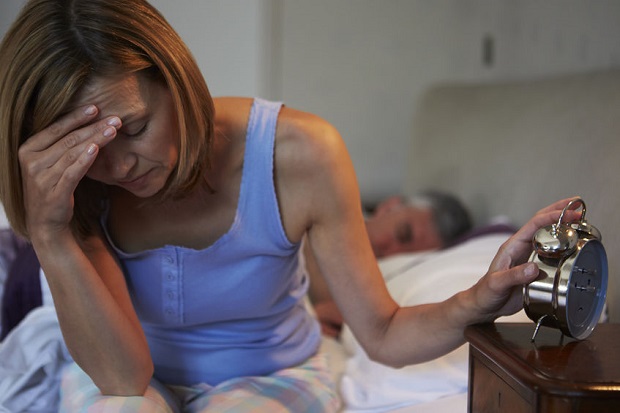
Natural Ways to Help PMS
There are natural ways to help PMS that have helped many women control the emotional and physical symptoms that they face each month due to their menstrual cycle. According to the American Academy of Obstetricians and Gynecologists, eighty-five percent of women experience some aspect of PMS each month. Fortunately, most symptoms of PMS can be alleviated with lifestyle changes.
Jump Ahead
What Is PMS?
PMS is a collection of symptoms that a woman experiences with her menstrual cycle. A change in hormones induces symptoms of PMS and are both physical and emotional in nature. Physical symptoms include breast tenderness, acne, joint pain, backache, headache, tiredness, and an upset stomach. Emotional symptoms include lack of concentration, difficulty sleeping, mood swings or changes, and crying spells. PMS is diagnosed as symptoms that interfere with a woman’s daily life, occur one to two weeks before a woman’s period begins, ease when her period begins, and are present for three consecutive monthly cycles. A woman can have as few as one symptom or may experience multiple symptoms.
Tracking PMS Symptoms
If a woman is experiencing symptoms of PMS, she should keep a chart for approximately three months. The chart should record the date, symptoms experienced, severity of symptoms experienced, and the days of menstrual bleeding. A downloadable chart is available from the US Department of Health and Human Services at http://www.womenshealth.gov/faq/premenstrual-syndrome.cfm. Once symptoms and patterns of symptoms are identified, a treatment plan can be established.
Lifestyle Changes That May Ease PMS Symptoms
There are many natural ways to help PMS. Many are simply changes in lifestyle. Not all women respond to the different lifestyle changes in the same way. Therefore, each woman must identify and develop an individual plan.
Get plenty of exercise. Aerobic exercise reduces the symptoms of PMS for many women. A woman should set a goal of exercising at least 30 minutes daily. A woman should exercise every day, not just when she is experiencing symptoms. Examples of aerobic exercise include brisk walking, swimming, dancing, and running.
Eat healthy meals. A healthy diet rich in complex carbohydrates helps stabilize mood changes. Complex carbohydrates include whole grains, brown rice, and beans. Get an abundant supply of calcium by eating foods such as yogurt, cheese, and milk. Reduce the amount of salt in your diet. Finally, avoid caffeine and alcohol.
Get plenty of rest. Set a goal of getting at least eight hours of sleep each night. Get up and go to bed at the same time each day.
Reduce stress. Everyone faces stress in life; find effective ways to deal with it. Exercise can help reduce stress. Other suggestions include massage, yoga, and meditation.
Support one another. Women can help each other by listening and sharing. A woman who feels her symptoms are unique can become depressed. Communication and strong social support can also help a person deal with stress.
Resources
- American Congress of Obstetricians and Gynecologists – “ACOG Education Pamphlet AP057 — Premenstrual Syndrome.”
- Womenshealth.gov – “Premenstrual Syndrome << Frequently Asked Questions.”
DISCLAIMER: THIS WEBSITE DOES NOT PROVIDE MEDICAL ADVICE
The information, including but not limited to text, graphics, images, and other material on this website, is for informational purposes only. No material on this site is intended to be a substitute for professional medical advice, diagnosis, or treatment. Always seek the advice of your physician or other qualified healthcare providers with any questions you may have regarding a medical condition or treatment before undertaking a new healthcare regimen, and never disregard professional medical advice or delay in seeking it because of something you have read on this or any other website.





